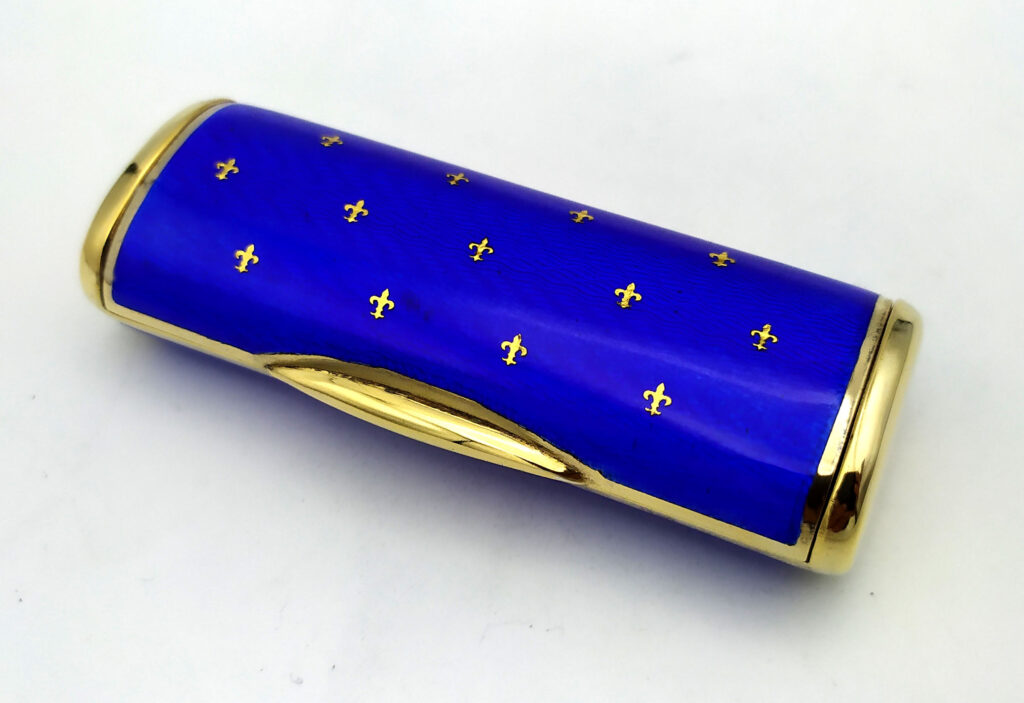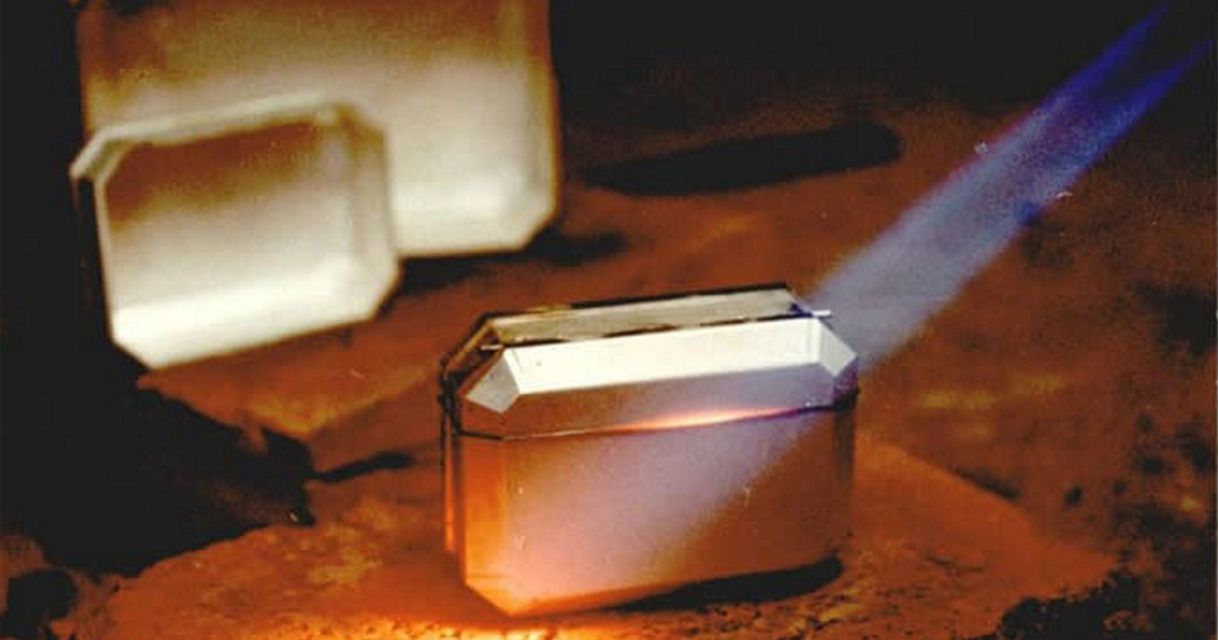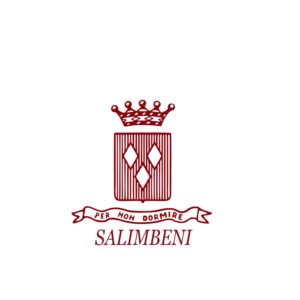Silver working technique
Silver working technique are various : Guilloche, Fire Enamelling, manual engraving on silver and gold, semi-precious stone workmanship are the techniques used in Salimbeni workmanship. They refer to the main material of their creations, namely 925 silver or, as they say, “Sterling”.
Table of Contents
Silver working technique: what is Enamel ?
Enamel is a vitreous substance made up of a mixture of silicates, potash, silica, soda, red lead, quartz, feldspars, borax and minerals containing metallic phosphorus as well as numerous metal oxides. The preparation of the basic enamel material takes place in melting furnaces into which the aforementioned ingredients are loaded.
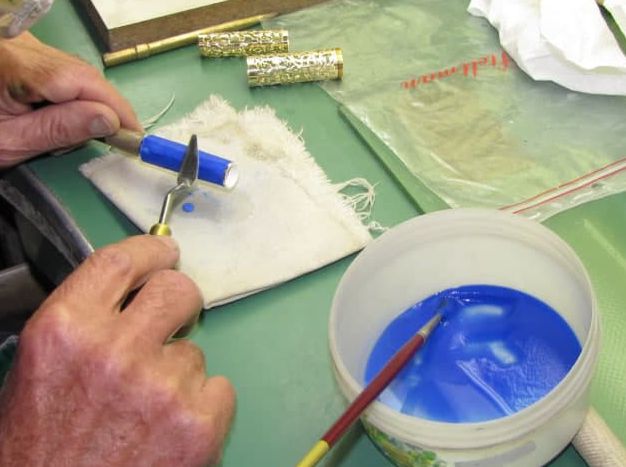
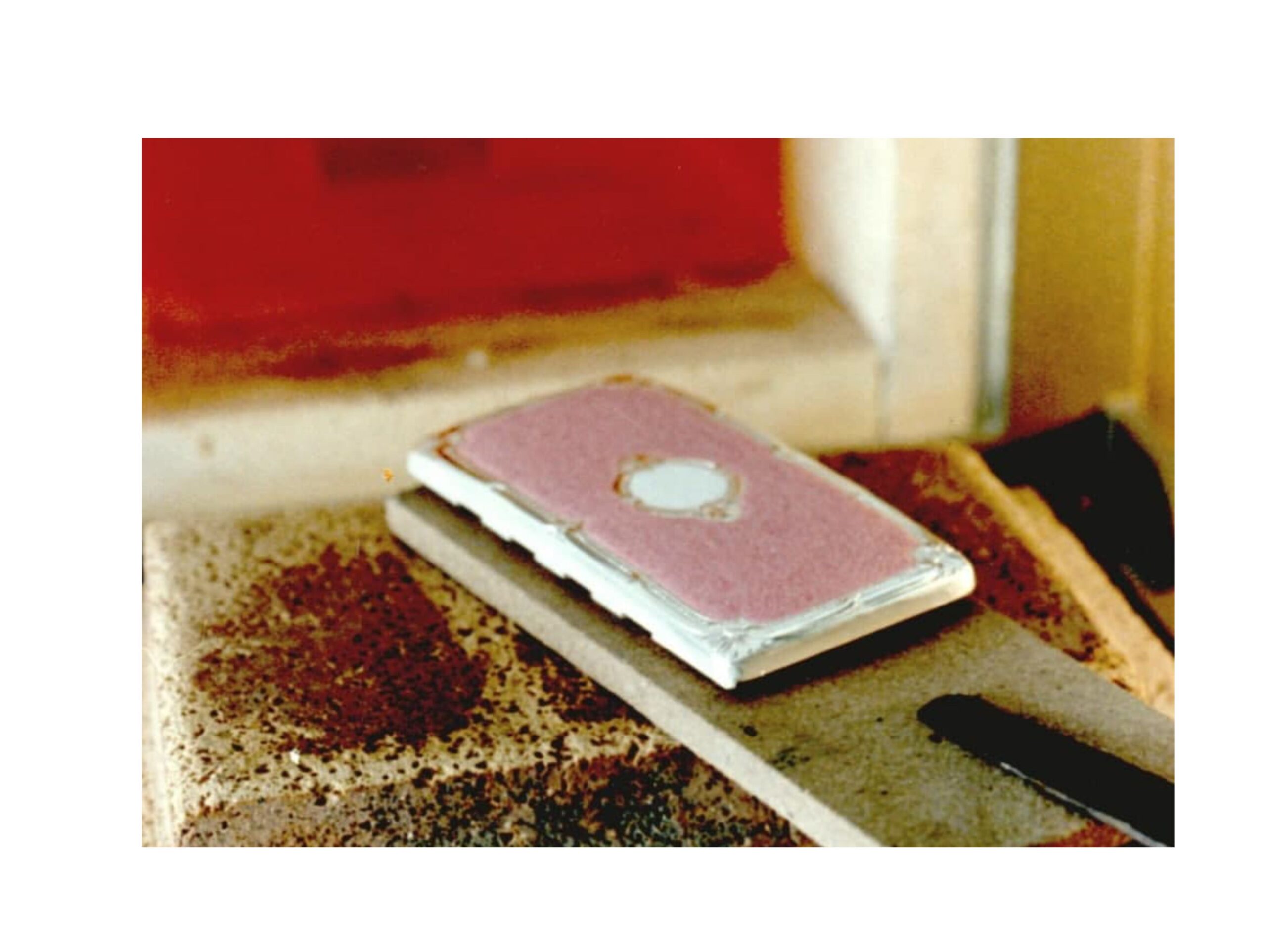
Silver working technique: Fired Enamel
The fired enamel is made up of a vitreous mass which is brought to variable temperatures, depending on the circumstances, between 1000° and 1200° C until the formation of molten glass; a sudden water cooling follows. It is at this point that the material is finely ground, taking the name of “frit”. The color of the base material is given by the addition of metal oxides which in different percentages do not compromise its transparency. They are mixed with the “frit”, and then washed for a long time with distilled water to eliminate any residual impurities from the powder. Everything is then melted again and cast into molds to be able to store it in blocks. Before use it must be finely ground again and washed with distilled water.
Silver working technique: how many Enamel colors exist?
There are around 700 different colors of Enamel , but in practice today use is limited to around two hundred. However, the stratification of the different colors allows an almost infinite range of combinations and shades that can degrade, even on the same object, from darker to lighter shades, and vice versa.
Silver working technique: problems are linked to the firing of the enamel
The object that you intend to create in order to then be covered with enamel must be constructed taking care of quite a few details depending on the subsequent application of the vitreous powder. Assuming that it must be made of silver, care must be taken to ensure that the plates have a thickness such as to withstand the high “firing” temperature of the enamel which is not too far from the melting temperature of the silver. The fineness of the metal must also be chosen according to the type of enamel to be applied, because some colors have different chromatic yields depending on the greater or lesser quantity of alloy contained in the metal. Furthermore, the welding must be such as to prevent the deformation of the object exposed to the temperature of repeated firing for the liquefaction of the different colors of the enamel.
Types of enamel work
Finally, the larger the object and the surface to be enamelled, the greater effort and attention will be needed to ensure that distortions and depressions in the treated slabs do not occur. The surfaces to be enamelled must be surrounded by a slightly oblique step, designed to contain the liquefied enamel. Generally, the sheet is hollowed out to create the useful space, while other times sheet fillets are welded around the part to be enamelled. However, this last procedure, on silver, involves risks as the enamel can come into contact with the solder and become stained or, even worse, crash. The two processes described are respectively “champlevé” and “cloisonné”. The latter, however, also involves the application of a metal grid arranged according to the expected decorations which, placed on a first layer of generally white basic enamel, delimits the field of the different colors applied subsequently.
Silver working technique: what is Guilloche?
The surface to be enamelled with transparent enamels is worked in “basse-taille” with decorations made by engraving, often by hand but often by means of “guilloché”: a particular incision, partially mechanical, which creates with straight, wavy, intertwined lines, a myriad of different designs that create highly effective chiaroscuro effects under the transparent enamel. Often the unsurpassed hand of the engraver superimposes a particular, partially mechanical engraving onto the “guilloché”, which creates a myriad of different designs with straight, wavy and intertwined lines which create highly effective chiaroscuro effects under the transparent enamel. Often the unsurpassed hand of the engraver superimposes infinitely different motifs onto the “guilloché”, aimed at creating a wider and more astonishing disparity of designs.
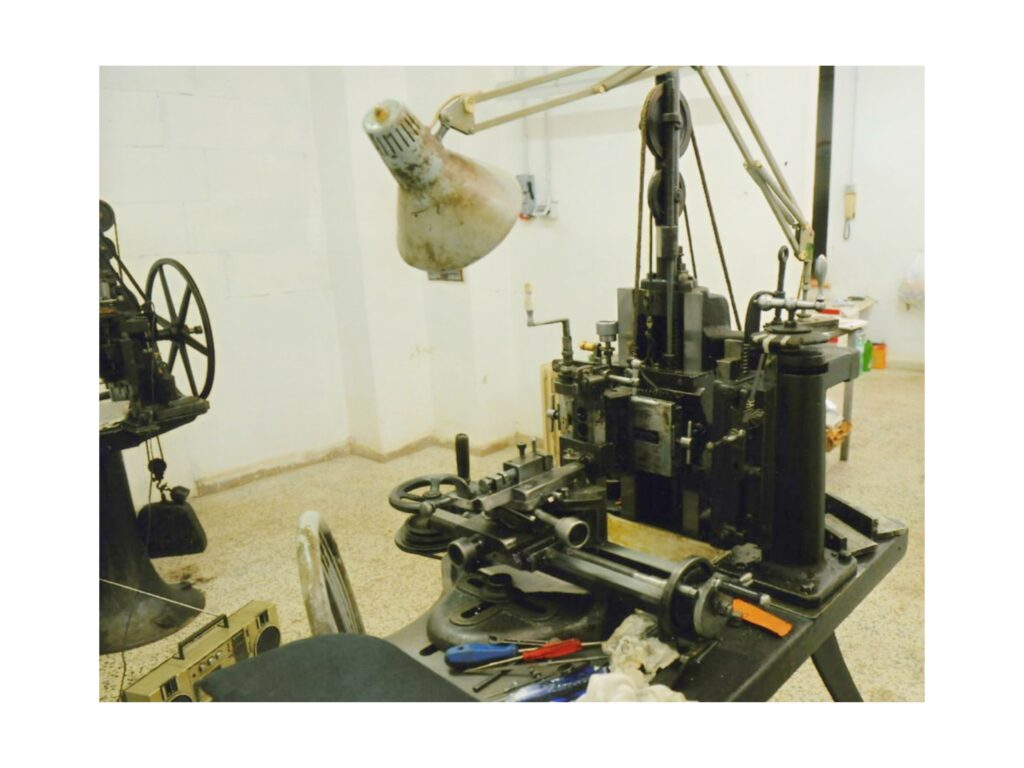
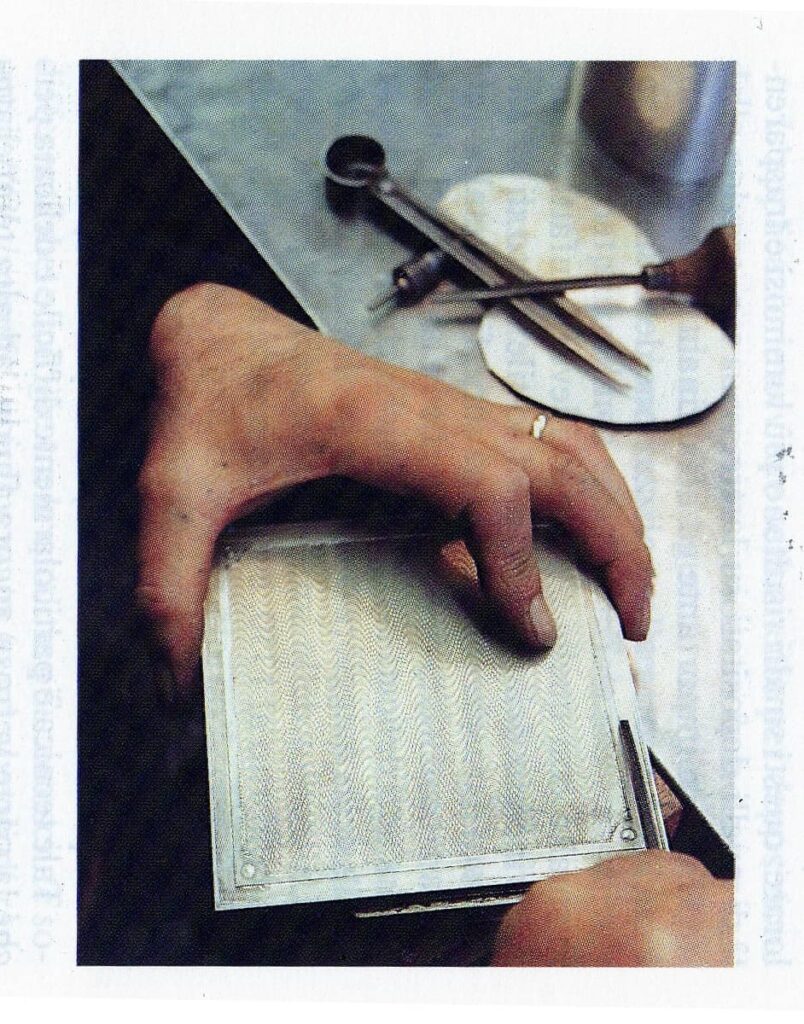
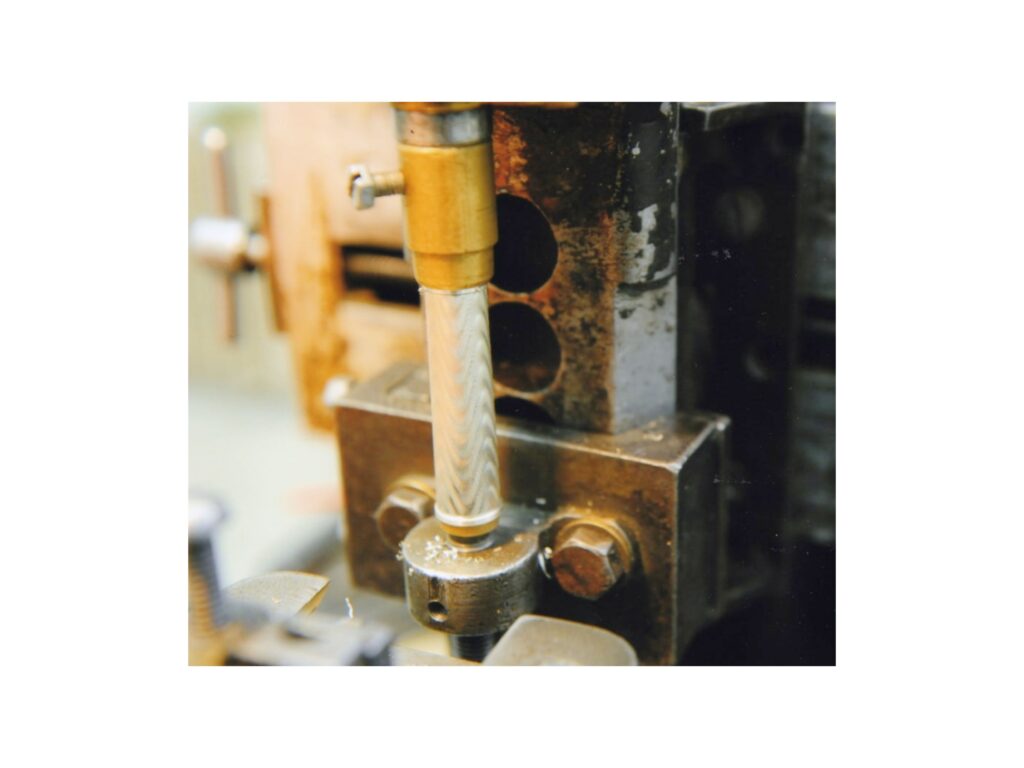
Silver working technique: hand engravings
Molto belle in particolare le incisioni a mano riproducenti paesaggi, architetture, quadri di autori rinascimentali. Infine, prima di passare alla fase della smaltatura, ogni oggetto deve essere pulito con spazzole e decapaggi acidi con cura tutta particolare poiché, soprattutto lavorando l’argento, non tutti gli ossidi metallici degli smalti si rivelano compatibili con l’ossido d’argento, per cui è necessario eliminarlo completamente o comunque evitare con estrema cura il contatto diretto di certi colori con il metallo, interponendo uno strato di smalto trasparente.
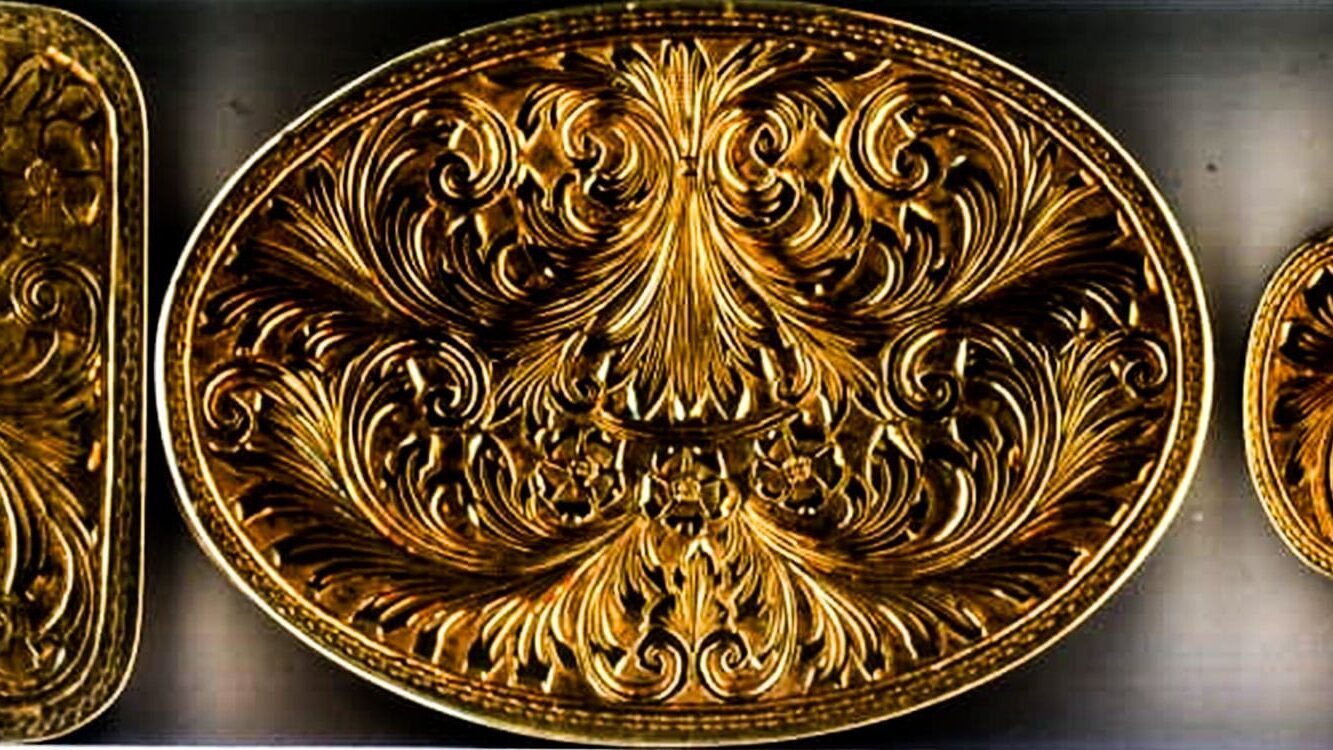
Silver working technique: paint on the enamel
“Painted enamel” occupies a place of its own: its support is usually a precious metal which is covered by a homogeneous layer of enamel which serves as a background for the painting. After the first firing, the drawing is made according to the “grisaille” technique or that of the miniature. The enamel is deposited on the metal surfaces in several very thin layers. To spread it perfectly, apply it with a brush when the powder is still damp; the excess water is then dried with absorbent paper and finally left to dry completely in the air. At this point the enamel is just a very fine powder spread on the metal. We then proceed with the firing which is carried out, depending on the colors or the technical-production situations, at temperatures ranging from 680° to 800° C in order to determine the complete liquefaction of the crystal powders. For cooking, the oven is first brought to a temperature of around 600°, after which it is turned off; the object, previously constructed and covered with enamel powder, is inserted supported by refractory tiles that closely surround it and support its vertical surfaces to avoid possible deformations caused by the high temperature. At this point the oven is turned back on and the temperature slowly rises to the desired level. However, the technical data is always evaluated by the experience of the master craftsman who, looking through the peephole and observing the conditions of the object, decides the moment of extraction from the oven. The cooling of the metal and the enamel must occur naturally while the craftsman, using special tools, and taking care not to touch the enamel in any way, keeps the object flat and tries to minimize the inevitable deformations of the structure. metal support. The operation is repeated several times depending on the number of layers of enamel that need to be deposited, and the number of colors used for the decoration. The case of 10, 12 and even 15 subsequent complete processing cycles is not uncommon. From time to time the surface of the enamel is smoothed with carborundum files soaked in water, until the surface is perfectly levelled. If any slight depressions are found, we intervene by “filling” them with new layers of enamel and firing everything again. The final firing leaves the surface acceptably smooth, but not yet shiny. To achieve this it is necessary to smooth it with felt brushes and very fine pumice under a suitable jet of water.
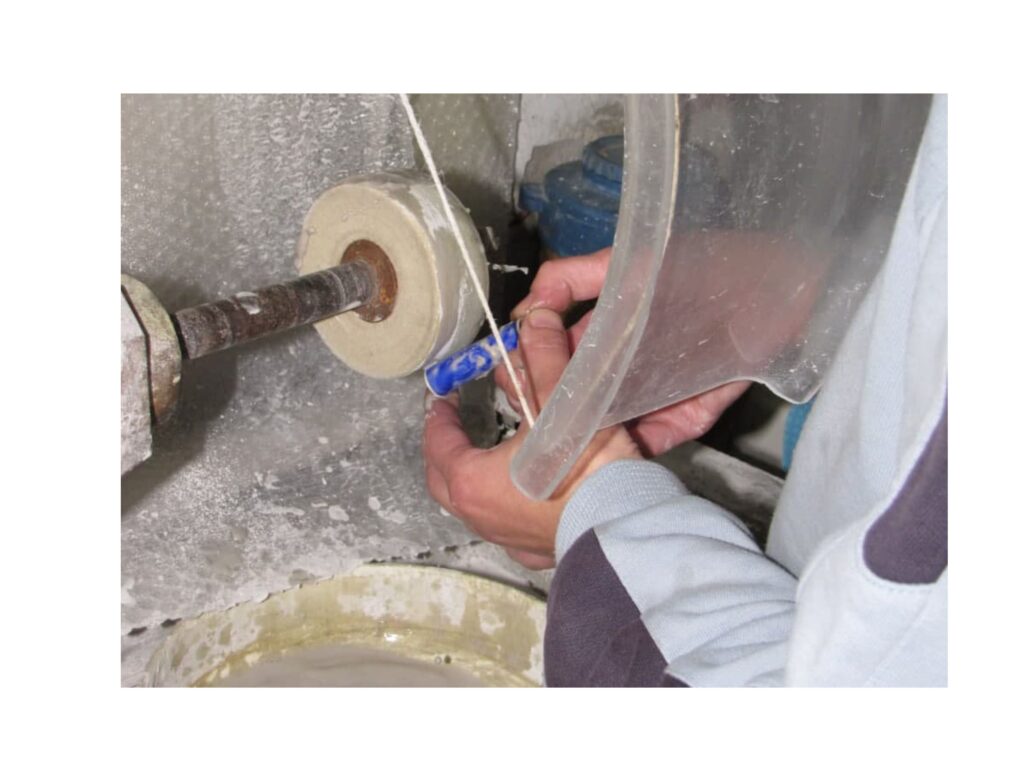
It is interesting to note how during cooling the silver and the enamel undergo different contractions so, if the object has not been created with the necessary technical care, the enamel, which as it cools takes on its vitreous nature, can easily break (or, as they say in the jargon, “squirt”), practically nullifying all the work. Furthermore, it should be kept in mind that the difference in cooling speed does not only concern, as is easy to understand, the metal and the enamel, but, albeit with a much smaller gradient, also the different colors of enamel between them. Moreover, this difference is found, as already mentioned, also in the “point” of liquefaction so much so that when different colors have to be fired on the same object we start with the one at the lowest melting temperature, in order to avoid that, in the opposite case, the most “soft” ones burn at the temperature of the “harder” ones. At this point the silver artefact, now definitively enamelled, is loaded with various layers of oxide, in jargon called “peel” as it is white and porous, which must be eliminated with the aid of scrapers, files, emerys and finally with stone fine pumice; This is a long and delicate processing phase that precedes the finishing of the external engravings and/or guilloches; maximum attention must be paid not to scratch or chip the enamel, not to heat the object too much, to ensure that the pastes are not too abrasive and so on. It’s a shame to have to start the job all over again. Generally the finishing of an enamelled silver object includes substantial gilding which enhances the colors applied. The gilding baths are also special, because they cannot be too hot, and the electric current must be given in a limited way, so the electrolytic solution must be particularly rich at the start.
Silver working technique: open enamelling and miniatures
The open enamelling (or filigree, or cathedral) is particularly delicate, fragile and at the same time fascinating. The miniatures are hand painted on a base of homogeneous enamel, usually white. The same colored glazes are used, but ground much more finely, which are mixed with special oils to form an infinite palette of colors. The paint must be gradually dried on electric burners so that the oil evaporates, but it must also be cooked in an oven at a high temperature numerous times so that the quantity of color is never excessive because it would risk spreading with liquidation. A nice miniature ranges from 20 to 50 cooking times.
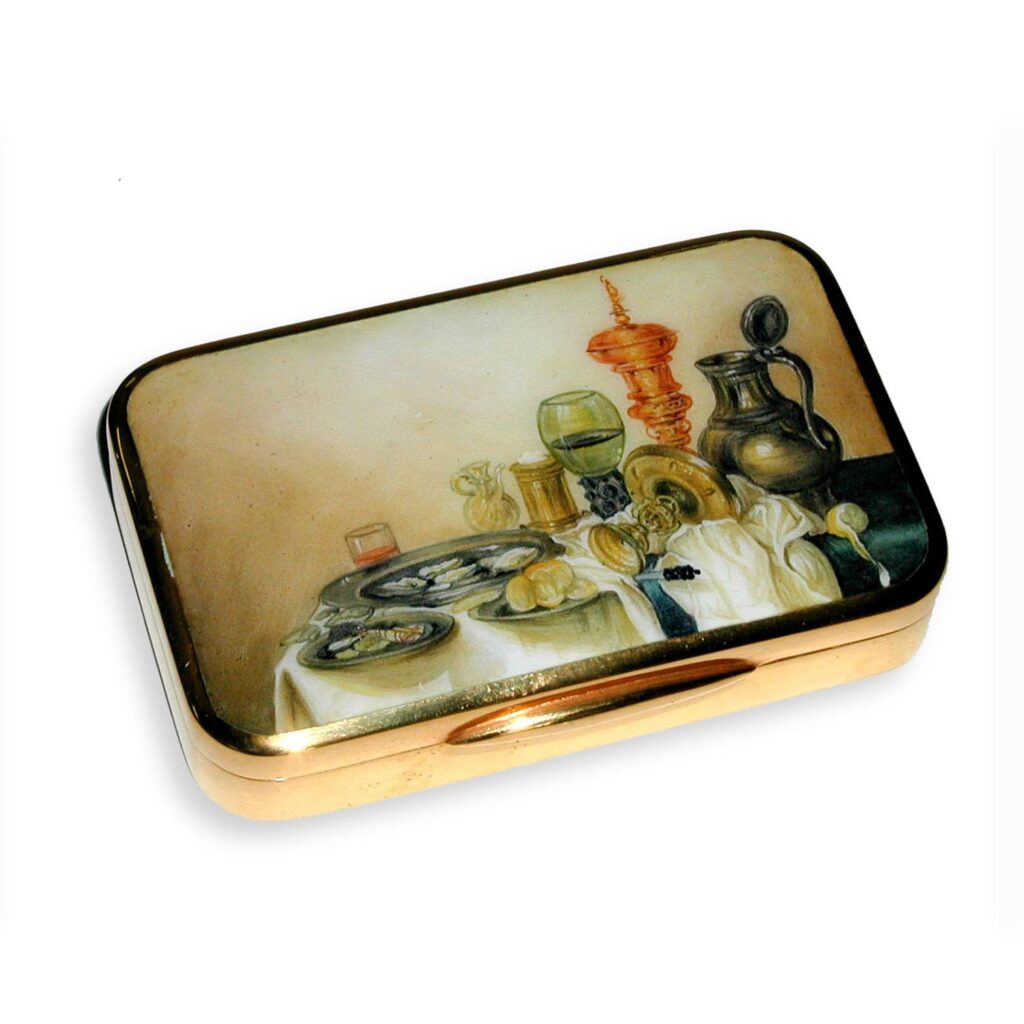
Silver working technique: Paillons in pure gold 24 carats.
Another interesting decoration is the possibility of inserting PURE GOLD “PAILLONS” (= straws) of a thickness of a few hundredths of a millimeter between the different layers of enamel, normally depicting leaves, flowers, stars, motifs of various kinds, but always very small, which, applied at a certain distance from each other on a dark colored background, and subsequently covered with a transparent layer, produce a decorative effect that is sometimes particularly pleasant. The use of the gold support, rather than the silver one, in the creation of enamelled objects presents much fewer problems, both because gold is stainless, both because of its higher melting point, and because it does not have to be gilded in the final phase . However, the cost of the metal today represents an obvious, severe limit to its wider diffusion.
